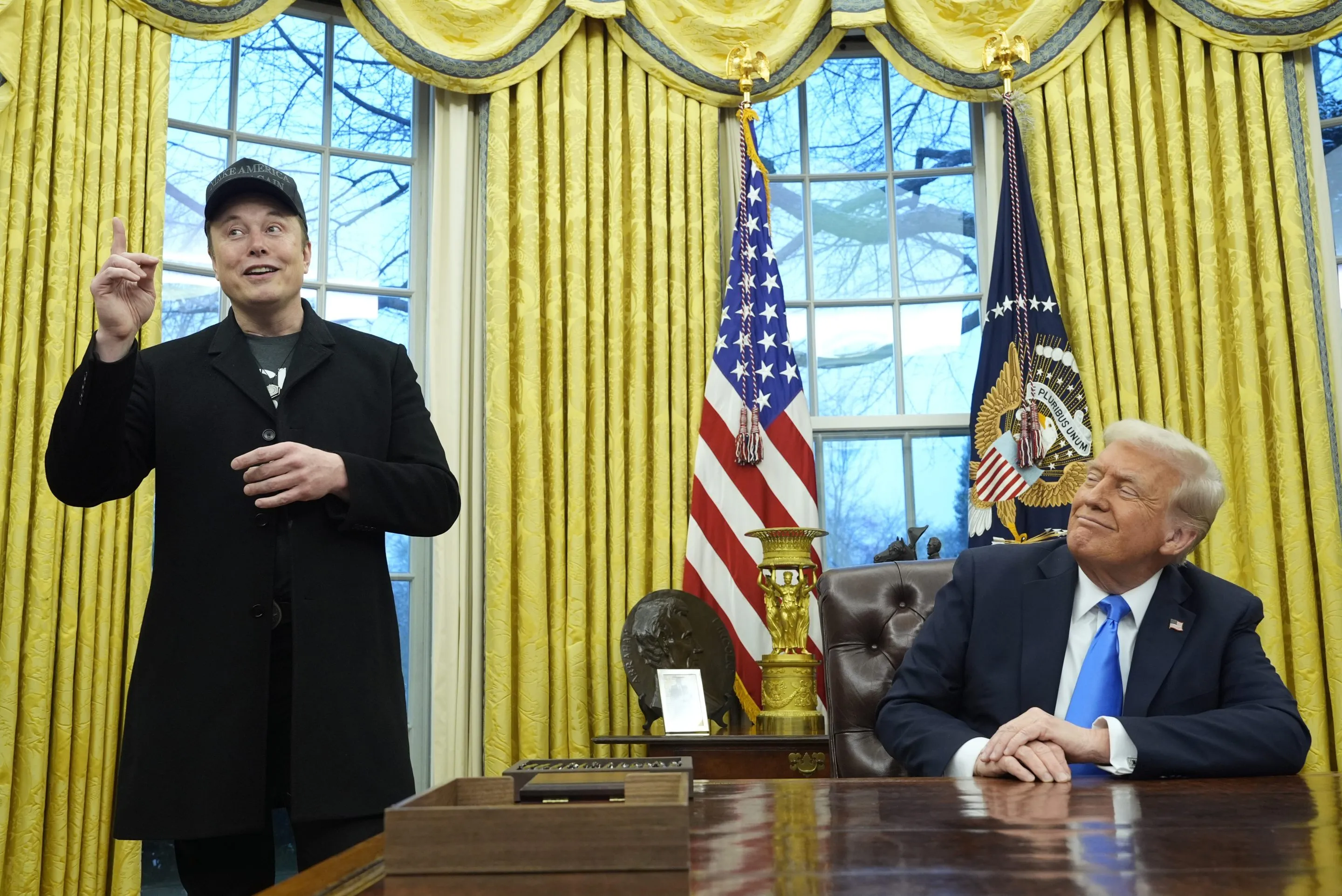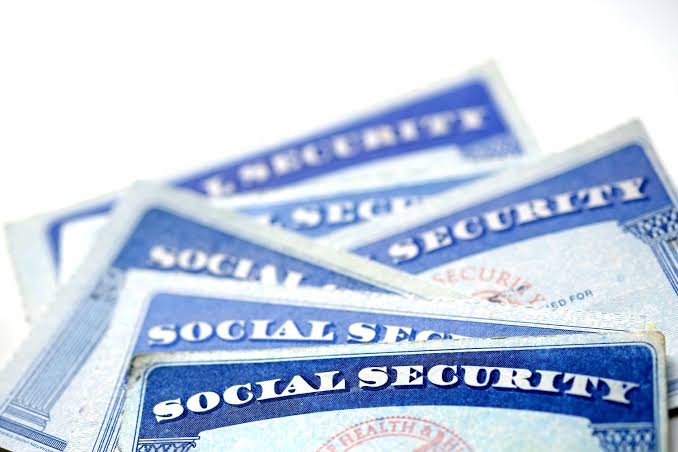A viral buzz is sweeping across the internet: Could a $5,000 check really land in your bank account thanks to Donald Trump and Elon Musk? The idea sounds too good to be true—and for now, it might be. But there is some truth behind the headlines, and it’s rooted in an ambitious government reform program called the Department of Government Efficiency, or DOGE.
This proposed payout, nicknamed the “DOGE Dividend,” hinges on the success of Musk’s plan to streamline federal spending—and Trump’s political backing could help push it forward. Here’s what’s really happening behind the headlines and what it could mean for your wallet.
What Is the DOGE Program and Where Did This $5,000 Come From?
The DOGE program, launched under Trump’s administration and spearheaded by Elon Musk, aims to cut federal waste and save the government up to $2 trillion by July 2026. The idea is simple but bold: trim unnecessary spending and pass the savings back to American taxpayers.
James Fishback, a hedge fund CEO, introduced the idea of returning 20% of these savings directly to the people. If DOGE reaches its target, every eligible taxpayer could potentially receive a one-time payout of $5,000. Another 20% of the savings would be used to pay down the national debt.
At a recent economic summit in Miami, Trump hinted that he supports this plan, saying, “We’re looking at taking 20% of the savings and sending it to the people—it would be incredible.”
Sounds Great, But Will It Actually Happen?
That’s where things get complicated. Despite Trump’s interest and Musk’s efforts, there are three major obstacles that make this proposal far from guaranteed:
-
Congress Has to Approve It
While the president can support the idea, it’s Congress that controls federal spending. And many lawmakers are skeptical. House Speaker Mike Johnson has already indicated he’d rather use any savings to reduce the national debt, not issue payouts. “We need to pay down the credit card,” he said in response to the proposal. -
It Could Fuel More Inflation
Economists are warning that handing out thousands of dollars in stimulus could reignite inflation—just when the Federal Reserve is working to bring it under control. According to the Heritage Foundation’s Preston Brashers, “The best dividend Americans can get from DOGE is lower inflation. We don’t need more checks in the mail.” -
The $2 Trillion Goal Might Be Too Ambitious
Even Elon Musk admits that hitting $2 trillion in savings is a stretch. In a public statement, he said a more realistic expectation might be closer to $1 trillion—half the target required for the $5,000 payout to materialize.

Who Would Qualify—and When?
If everything goes as planned (and that’s a big if), the payments wouldn’t roll out until after July 4, 2026, when the DOGE program is set to end. And don’t expect everyone to receive a check.
The payout would go only to “net payers” of federal income tax—those who pay more into the system than they get in benefits. That means roughly 40% of U.S. households could be excluded, including many lower-income Americans.
Bottom Line: Should You Count On It?
While the idea of a $5,000 stimulus check is certainly attractive, Americans should approach the “DOGE Dividend” with cautious optimism. It’s a creative, headline-grabbing proposal, but it still faces major political, economic, and logistical challenges before it becomes a reality.
Unless Congress gives its approval, the federal savings goal is reached, and inflation is kept in check, this proposal may never make it beyond the idea stage.
Still, the fact that such a bold initiative is even being discussed shows just how much pressure there is on leaders to offer real financial relief. Whether it comes in the form of a DOGE check—or something else—remains to be seen.
Stay tuned, because the next few months will be critical in determining whether this futuristic-sounding stimulus becomes a reality—or just another unfulfilled promise.



